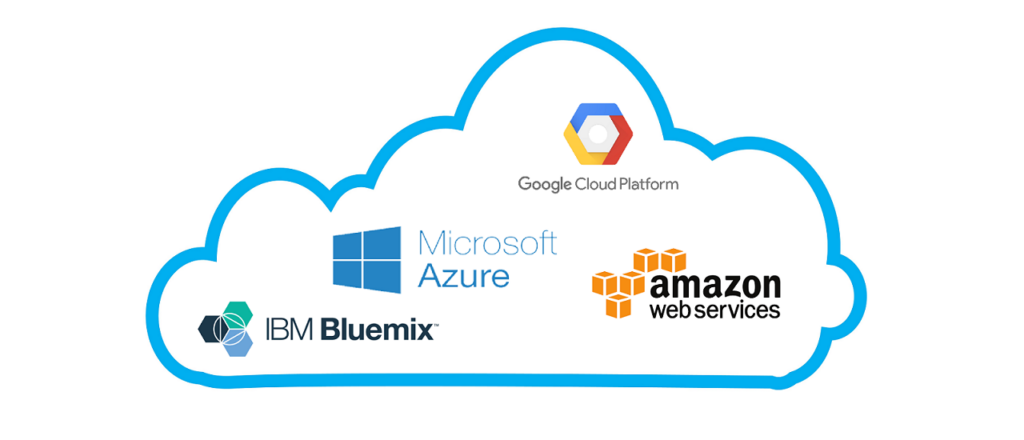Last month we talked about WHY you might want to integrate your electronic product into the cloud. This month we answer the question of “How”. It’s something we do quite often at Amtech, both for new innovations and retrofitting or reengineering existing products and devices. Integrating electronic products into the cloud typically involves several steps. Here’s a general outline of the process:
- Choose a Cloud Platform: There are many cloud platforms available, such as Amazon Web Services (AWS), Microsoft Azure, Google Cloud, and IBM Cloud. Choose a cloud platform that meets your requirements in terms of features, scalability, cost, and compatibility with your electronic products. We work with many of those listed above, as well as others depending on the need.
- Set Up Cloud Account: Create an account on the chosen cloud platform and set up the necessary resources, such as virtual machines, storage, and networking components, based on your product requirements. Often times, this is a step where we can help guide you through the options and ensure that it is a seamless process moving forward.
- Connect Electronic Products to the Internet: Your electronic products need to be connected to the internet to communicate with the cloud. This may involve adding sensors, actuators, or other connectivity modules to your products to enable them to send and receive data over the internet. With existing products, it could require re-assessing the parts you are using or reengineering the product itself. Another area where Amtech has experience and can help.
- Develop APIs or Protocols: Create APIs (Application Programming Interfaces) or protocols that allow your electronic products to communicate with the cloud platform. APIs or protocols define the rules and methods for exchanging data between your products and the cloud.
- Implement Cloud Connectivity: Implement the necessary software or firmware in your electronic products to establish communication with the cloud. This may involve using libraries, SDKs (Software Development Kits), or other tools provided by the cloud platform to enable communication.
- Handle Data Processing: Define how your electronic products will send and receive data to and from the cloud. This includes handling data processing tasks such as data ingestion, storage, analysis, and visualization. You may need to configure cloud services, such as databases, message brokers, or data analytics tools, to process the data generated by your products.
- Implement Security Measures: Ensure that appropriate security measures are in place to protect the data transmitted between your electronic products and the cloud. This may involve implementing encryption, authentication, authorization, and other security mechanisms to safeguard the integrity and confidentiality of your data.
- Test and Debug: Test your integration thoroughly to ensure that your electronic products are able to communicate with the cloud platform effectively. Debug and troubleshoot any issues that may arise during the testing process.
- Scale and Monitor: Once your electronic products are integrated into the cloud, you can scale the solution to handle larger volumes of data or increased user demand. Monitor the performance and health of your cloud-connected products and make necessary adjustments as needed.
- Keep Up with Updates: Stay up-to-date with updates and new features offered by your cloud platform to ensure your integration remains current and secure.
The specific steps and tools required for integrating electronic products into the cloud may vary depending on the type of product, cloud platform, and desired functionality. It’s important to carefully research and understand the requirements of your specific use case and often requires professional assistance from a company like Amtech to get it right. Contact us to see how we can help.


